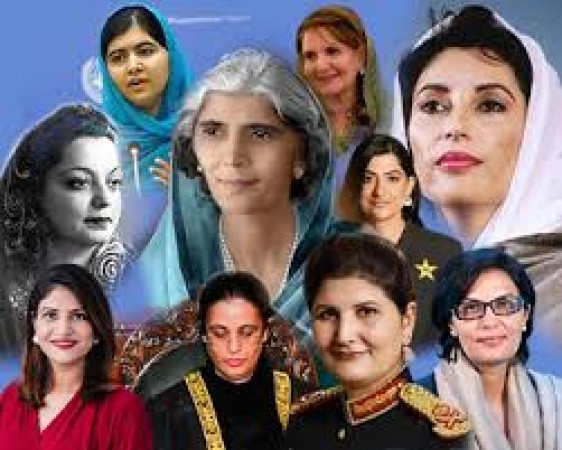
The world today is still a male-dominant world but the changes have been seen where women’s are coming out and quashing the male dominant society. Women has contributed to the building of the nation but still there has been no mention of them and as a student we have been taught about the male contributions.
In India Women contributed 18% of the country’s GDP, with better opportunities for women, the rate can improve. Indian economy is still largely agrarian, at least in rural India, and the women’s contribution has made agriculture thrive; it is women who contribute more to heavy manual tasks. As per the 2011 census, around 97.6 million females work in the agricultural sector which totals it to the 37% of the total agriculture workforce.
Rural women are key agents for development and plays an important role in achieving the transformational economic, environmental and social changes required for sustainable development. Women plays a key role in the food production and form a large proportion of the agricultural work force globally.
Women are often treated as risk-averse human beings. But the growth trajectory of the country shows that there has been a significant increase in number of women entrepreneurs and if the numbers keep going up, their contribution to the Indian economy would be noteworthy.
While mapping the growth trajectory of a country like India, it is not possible that we do not include cultural growth in it. Women, since the beginning of time, have been an integral part of India’s culture promotion. Some art forms are exclusive to the community of women and today those art forms have acquired a global stage, also becoming a source of income for the country.
FAO estimates that if women farmers (43 per cent of the agricultural labour force in developing countries) had the same access as men, agricultural output in 34 developing countries would rise by an estimated average of up to 4 per cent. This could reduce the number of undernourished people in those countries by as much as 17 per cent, translating to up to 150 million fewer hungry people.
Many of the world’s most poor are women. Poverty eradication is a key challenge for rural women. New poverty estimates from the World Bank show that the proportion of people living on less than USD 1.25 a day fell from 47 per cent in 1990 to 22 per cent in 2010, across every developing region. Yet, 1.2 billion people are still living in extreme poverty.
Participation of women in defense has gained momentum in recent times and that has led to coping with the shortage of young cadets. The participation of women in such roles also helped in breaking gender stereotypes and ensuring inclusive growth for the country.
Gender-neutral God is discussed in the Church of England
Almost two-thirds of Americans believe that the United States is heading in the wrong direction